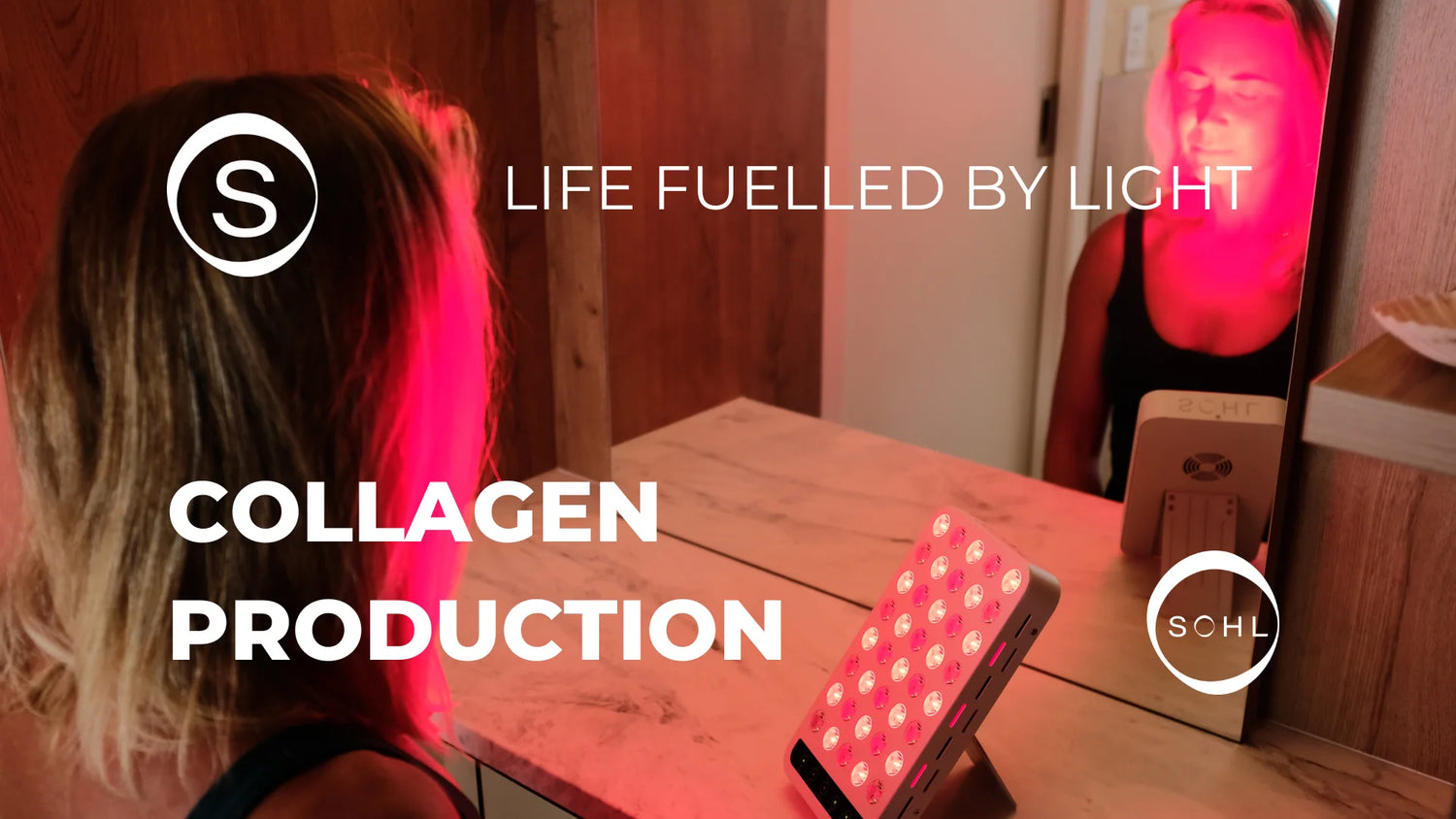Overtraining is a condition that occurs when an athlete trains beyond their body's ability to recover. This can lead to a range of negative effects, including decreased performance, increased risk of injury, and fatigue. Red light therapy, also known as photobiomodulation, has emerged as a promising technology for preventing overtraining in athletes. In this blog post, we will explore what overtraining is and how red light therapy can help prevent it.
What is Overtraining?
Overtraining occurs when an athlete trains too much without allowing enough time for recovery. This can lead to a range of negative effects, including decreased performance, increased risk of injury, and fatigue. Overtraining can occur when an athlete trains too often, too intensely, or for too long without sufficient rest and recovery.
Symptoms of Overtraining
The symptoms of overtraining can vary from athlete to athlete, but may include:
- Decreased performance
- Persistent muscle soreness
- Increased risk of injury
- Fatigue and lethargy
- Insomnia or disturbed sleep
- Loss of appetite
- Mood changes, including depression and irritability
How Red Light Therapy Can Help Prevent Overtraining
Red light therapy can help prevent overtraining by promoting recovery and reducing the risk of injury. Here's how:
- Improved Muscle Recovery
One of the key benefits of red light therapy is improved muscle recovery. Red light therapy can reduce inflammation and oxidative stress, which are common factors in muscle damage and soreness after exercise. Red light therapy can also stimulate the production of collagen, which is essential for repairing damaged muscle tissue. By promoting faster muscle recovery, red light therapy can help athletes train harder and longer without risking injury or fatigue.
- Increased Endurance
Red light therapy can also improve endurance by increasing the production of ATP in cells. This can lead to improved energy production and utilization during exercise, which can help athletes perform better and longer. Red light therapy can also improve blood flow and oxygen delivery to muscles, which can further enhance endurance.
- Reduced Risk of Injury
Injury is a common risk associated with overtraining. Red light therapy can help reduce the risk of injury by improving muscle recovery and reducing inflammation. By promoting faster healing and reducing inflammation, red light therapy can help athletes avoid injuries that can sideline them from training and competition.
Conclusion
Overtraining is a condition that can have serious negative effects on an athlete's performance and well-being. By promoting recovery and reducing the risk of injury, red light therapy can help athletes train harder and longer without risking overtraining. As research continues to explore the potential of red light therapy, it is likely that more athletes will adopt this technology as part of their training regimen.





